Growing and sustaining a lush green lawn can sometimes seem impossible. Do you want to try something new to get your grass growing, like sand, but don't know if it will help? Does sand help grass grow? We will cover this below and get your questions answered! Let's discuss this below.
Yes! Adding sand below or on top of grass can greatly improve its quality and growth. Generally, the sand will work as a "top dressing" for your lawn, which will improve drainage in the soil below.
The key to healthy, fast-growing grass is good aeration and drainage, both of which sand can help you accomplish.
As we start, we will discuss all things growing grass and will cover whether or not sand is a good idea. If this is your first time growing grass or you have an existing lawn needing some TLC, you've come to the right place. With that said, let's dive right into this topic below!
![Up close photo of grass at the garden, Does Sand Help Grass Grow? [Inc. Bermuda Grass]](https://gardentabs.com/wp-content/uploads/2022/07/Does-Sand-Help-Grass-Grow-Inc.-Bermuda-Grass.png)
Is It A Good Idea To Put Sand On Your Lawn?
Yes, adding sand to a lawn can help to improve its overall aeration and soil drainage. Typically, you want to use a small amount of sand on top of your grass, much like a top dressing.
It's usually best to keep the amount of sand you use light, as adding too much can cause your grass blades to die or sections of your lawn to look patchy.
However, adding some extra sand is an excellent idea if your yard has thicker, clay-like soil.

The key is creating ground that will drain water and have enough air circulating throughout to feed your grass and sustain its roots.
Growing a healthy, lush lawn with poor drainage or aeration can be nearly impossible, so figuring out different ways to do this, like using sand, can be extremely beneficial long-term.
Again, some experts recommend against doing this if your soil is already somewhat sandy or loamy, so keep that in mind before making any decisions.
What Does Sand Do For Grass?
For anyone dealing with thicker, clay soils, adding sand to your lawn can improve the quality of the ground directly beneath it.
As we said, this is useful for aerating the soil and helping with drainage.
In general, the ground below grass needs to have enough pores or holes to move water and air. If not, your grass can become waterlogged or even lose oxygen.
Remember, your grass requires oxygen and water to survive. If the ground in your yard isn't good quality, adding sand later can help break it up.
As we mentioned earlier, you want to try and use a light amount of sand, more like a top dressing.
Dumping loads of sand onto growing grass can cause it to get sick and die, so less is more here. It may also be worth adding sand to your garden before growing grass, but that might not be possible for everyone.
Will Sand Help All Types Of Grass Grow? [Inc. Bermuda?]
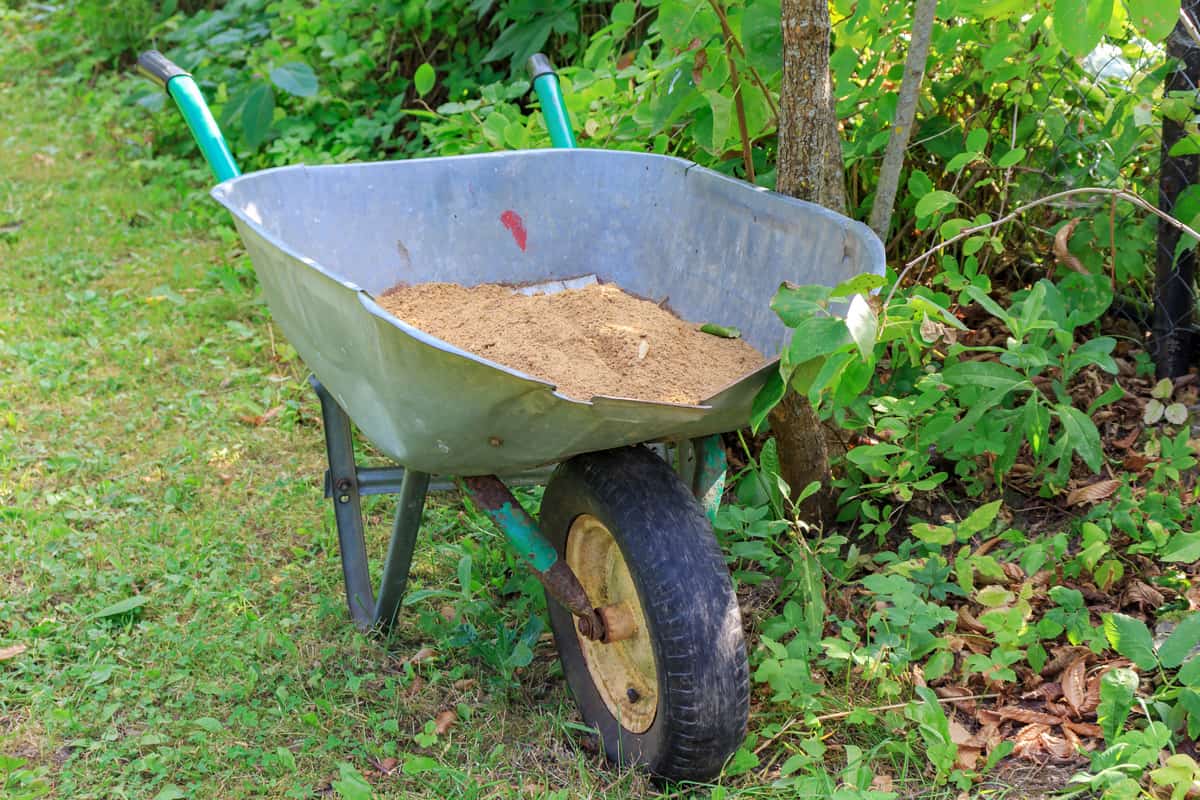
Yes, adding sand as a supplemental ingredient to your lawn can aid grass growth. All grass will need aeration and water drainage to grow and thrive regardless of species.
Grasses like Bermuda varieties prefer sandier, loamier soils, so adding extra sand is a great idea. You can generally expect Bermuda grass to do best in places where the ground isn't soggy.
The same goes for tall fescue, zoysia, Bahia, and centipede grass, so sand can make a huge difference in how your lawn grows.
With that said, you don't want to go overboard. For example, if you have clay dirt in your garden and want to grow grass, adding a top dressing of sand can be beneficial.
On the other hand, if you are near the coastline and already have sandy soil, there's no need to add more.
Giving your ground too much drainage and aeration can lead to water absorption and nutrient intake issues, so this isn't always a great thing.
So, try and test your ground before adding (or subtracting) sand from it.
When Should I Put Sand On My Lawn?
The best time to apply sand to your lawn is during the spring/summer growing season. Generally, you want to ensure the ground's conditions are perfect before your grass grows, so time is of the essence.
Depending on the grass type, this can vary a bit, so everyone will be a little different.

Again, a little sand goes a long way, so try to keep your pouring light and evenly spread. If you give one section of your lawn too much sand, it's likely to start patching out or even dying, so this is serious.
Furthermore, you may want to add sand if you regularly deal with waterlogging. As we said, most grass varieties don't do well in soggy soil, so grab a bag of sand if it's the rainy season.
On the other hand, you might want to avoid laying down sand if it's currently dry and drought-like outside, so we don't recommend a mid to late summer application.
The last thing you want to do is pour sand over already thirsty soil/lawn, which could be the final nail in the coffin.
Is It Better To Put Compost Or Sand On Grass?
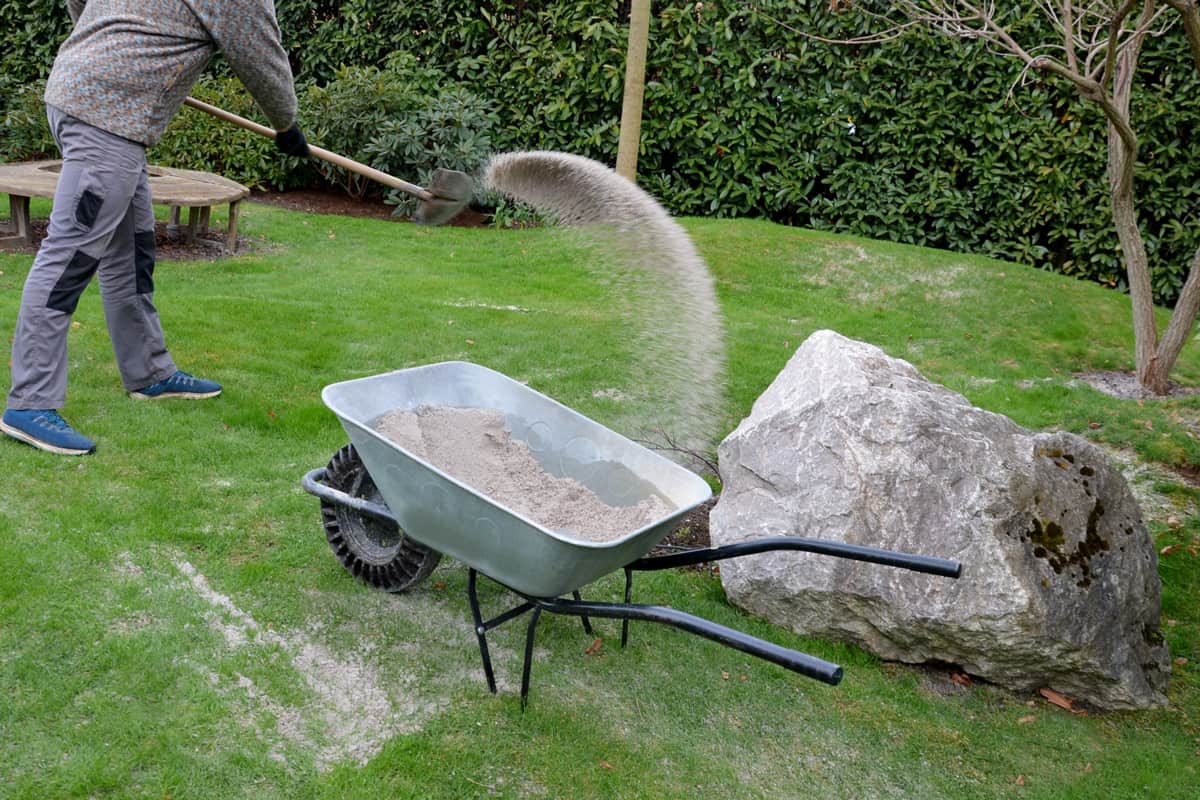
Compost is another idea to consider for those not yet set on using sand for their grass. Typically, applying a fine layer of compost to your lawn can improve its nutrients, so we recommend it.
However, compost isn't going to help with soil drainage like sand will. Therefore, it can be beneficial to use both together to improve your garden's drainage, aeration, and nutrient levels.
Adding compost to your lawn will also speed up its growth. For example, applying compost can make a massive difference for the rest of the season, if it's the spring or early summer.
It's also worth mentioning that adding compost can slightly move water through your grass, so along with sand, it will make a positive difference.
What Is The Best Top Dressing For A Lawn?
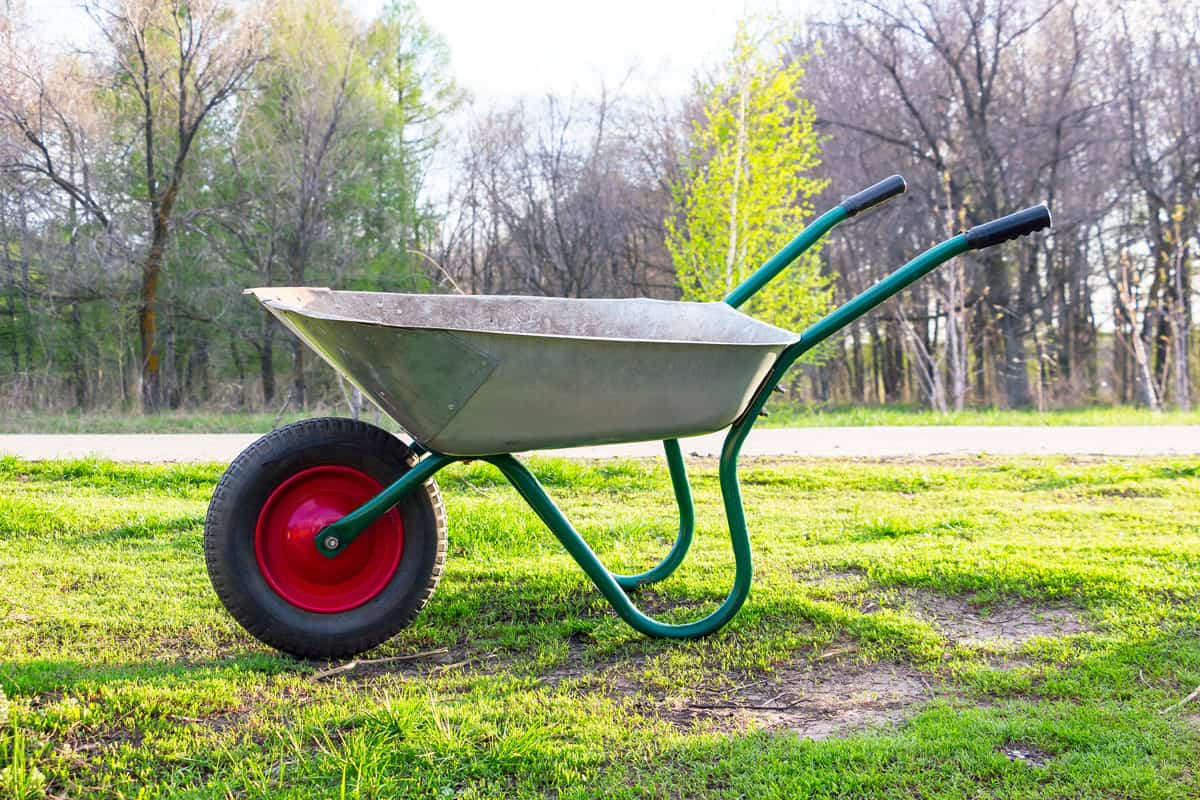
You can usually expect a mixture of compost, sand, and topsoil to be the best top dressing for grass. As we said above, mixing sand and compost can give your lawn the best of both worlds: drainage and nutrients.
Depending on the ground where your grass is, adding a mixture of topsoil, compost, and sand can create that ideal loamy consistency in the soil.
Again, not all lawns are the same, so everyone will be different. Some grass is in clay ground, while others may be in loamier soil, so the amount/ingredients you use need to be personalized.
According to Lawn Model, sand is the perfect top dressing for a "bumpy" lawn, as it tends to level the soil and improve drainage.
Moreover, compost as a top dressing is perfect for lawns needing better water retention. You also want to consider whether your grass is in an area prone to soil erosion.
If it is, you want to apply a thin layer (about an inch) of topsoil, which will keep everything in place.
How Often Should You Aerate Grass?
Now that you know the basics of top dressing and the different soil types, it's essential to aerate. Typically, a high-traffic lawn will need aeration every year, as one with less traffic will be okay with every other year or longer.
Aerating the grass beneath grass will ensure it continues draining water and properly absorbing nutrients. Not only will doing this promote new growth, but it will also keep your existing lawn healthy.
On the other hand, you also want to consider how dense your soil is. For example, someone with clay ground will need to aerate more than someone with a loamy mixture.
Generally, the thicker your lawn, the more it will run into issues with water pooling, which aeration will prevent. You also want to think about how sandy your property is.
Over-aerating can be just as bad as not doing it, so try to find a happy medium.
Furthermore, you don't need to get crazy each time you aerate, so going over the ground one or two times is more than enough.
What Happens If My Grass Doesn't Have Aeration?
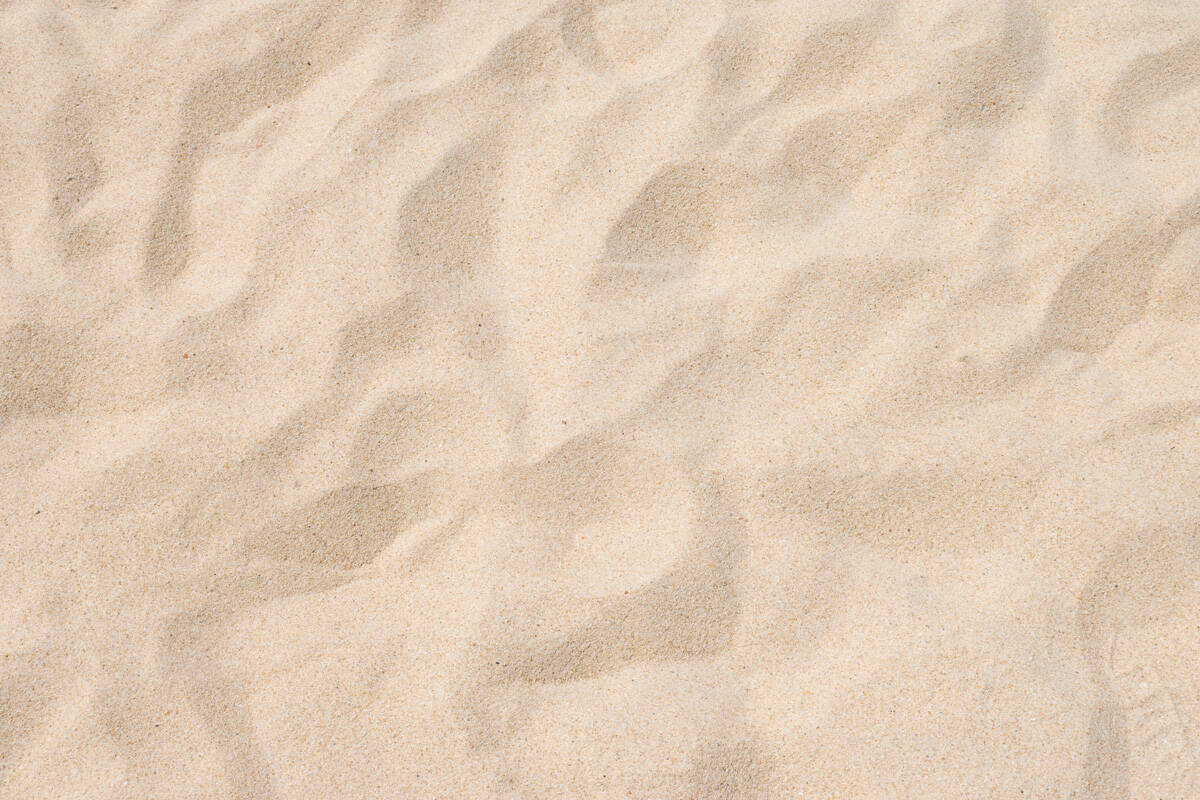
If your grass doesn't have aeration (either by adding ingredients to the soil or manually aerating it), expect issues.
As we covered, lawns with poor drainage/aeration tend to produce lackluster grass and usually end up with bald patches.
So, you want to ensure you follow a routine aeration schedule, whether annually or every 2-3 years. The main priority here is getting pores made in the soil, which can drain water and absorb oxygen/nutrients.
Without enough pores, your lawn will either drown or die due to a lack of oxygen, which can be serious.
Again, every lawn and grass type requires different levels of attention and aeration, but it's generally better to do this rather than let nature take its course.
Adding sand can be an easy way to help aerate your soil between actual aerations, so we recommend using a bit in your yard.
To Finish Up
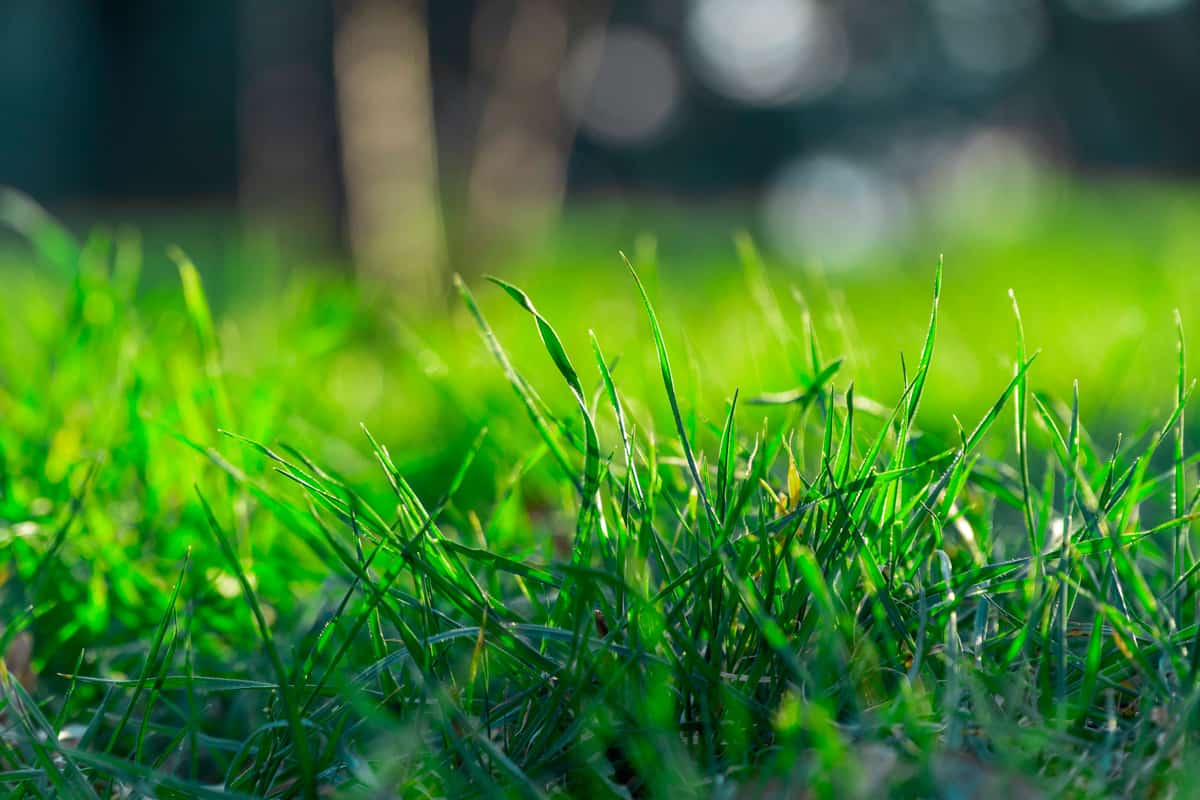
Whether you have grass growing or want to plant some, preparing the ground is essential. From what we found, sand can aid grass growth if you apply it correctly.
Typically, lawns with denser, clay-like ground will benefit from the sand as a top dressing, so test your soil before making any decisions.
In general, it's best to create a loamy ground environment to grow grass, so using other ingredients like compost and topsoil will also be beneficial.
Regardless, make sure to give your grass plenty of attention, and don't forget to aerate every year or so.
Made it this far? Check out these helpful related posts below!
How To Make Bermuda Grass Dark Green [5 Helpful Tips]
